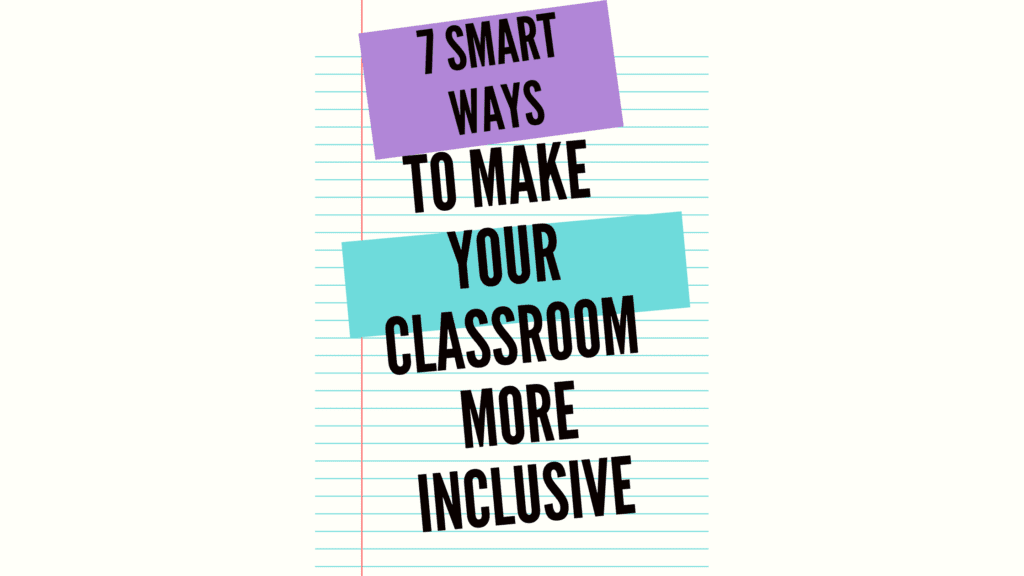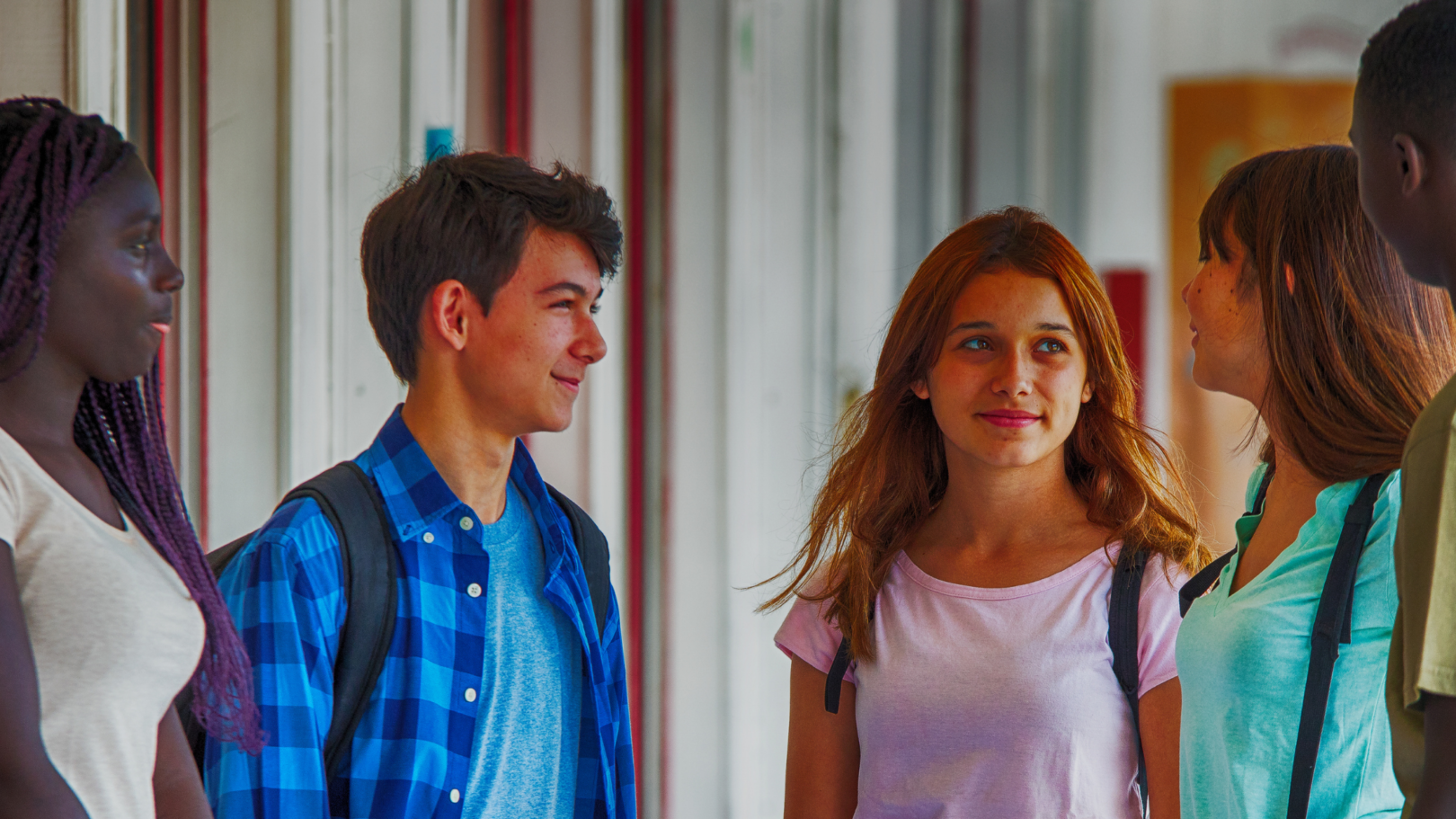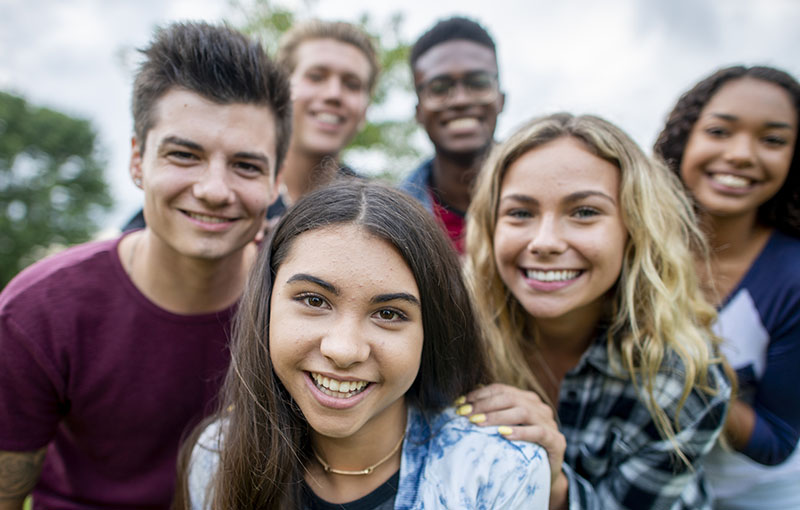7 Smart Ways to Make Your Classroom More Inclusive
As a former teacher, I’m the first to admit that my classroom wasn’t as inclusive as it could/should have been. Not because I didn’t care, but rather because I simply didn’t understand enough about what it means to be inclusive. If I had to do it all again, I’d like to think I’d do it better.
Today’s teachers are so much better prepared than I was, but there’s always room for improvement. Here are 7 smart ways to make your classroom more inclusive!

1. Learn Your Students’ Names (and use them!)
Learning and using your students’ names is a simple first step in truly getting to know them. Calling them by name demonstrates that you recognize them as individuals and communicates an initial level of respect.
In a recent study, 85% of students said it was important that their instructors knew their names. It helps them feel valued, improves performance, and makes it easier to communicate in class.
It’s not always easy (especially when you have many classes of students each day) but get to know your students by name!
2. Consider Your Personal Perspective
Just like every student that walks into your room, teachers have their own social identities. And there’s nothing wrong with that! However, sometimes we forget that students also come with unique backgrounds and perspectives that don’t necessarily fit with ours.
When we interact with them as though they share our perspectives, we may be assuming too much.

3. Use Diverse Examples and Illustrations
Because we all come from different backgrounds, we don’t all relate to the same things. For example, my husband is a huge sports fan. He played high school and college sports, coaches, and will watch any game on TV.
He’s constantly using sports analogies to teach life lessons… They mean nothing to me! I never played a sport, never coached, and only watch the Superbowl for commercials!
While this is a simplified example, the premise remains the same. Include a variety of illustrations and references in your instruction. Your students are much more likely to relate to at least one of them.
4. Review Your Curriculum from A Different Viewpoint
We get very used to the material we teach and tend to follow a pattern from year to year. Challenge yourself to review your curriculum from a different viewpoint.
Look for language that may be outdated, “facts” that have been disproved or materials that do not represent the current climate. For example, do you teach a course on public policy that ignores race issues? Or a family and consumer science class that includes only traditional family dynamics?
Take time to refresh your class course to be more accurate and inclusive.
5. Refresh Your Font
Surprisingly, a simple change in the font you use can help make your instruction more inclusive. Fonts like Arial, Helvetica, Calibri, or OpenDyslexic make a big difference with students who have certain disabilities or impaired vision. They are simple, clear, loosely spaced, and easier to read.

6. Create An Environment for Respectful Dialogue
Teachers truly set the tone for a respectful classroom – one in which students feel comfortable and heard. Establish ground rules for any interactions and consequences for those who break them.
Words are powerful. They can strategically build up or break down a person’s confidence. When we model positivity and practice respectful language, we create a classroom that’s more encouraging and inclusive.
7. Travel
Travel is one of the very best ways to make your classroom more inclusive. While they’re exploring beyond class walls, students get to view the world through a broader lens.
In a world consumed by technology, it’s nice to look up once and a while and see what’s happening around you. Travel teaches students that the world is bigger than their backyards. It introduces them to people and places that are different, yet very much the same.
A 2016 study by the Student Youth Travel Association found that 76% of teachers believe that travel positively impacts personal development. 56% believe it benefits a student’s education and career trajectory.
Kids who travel have a strong sense of their place in the world, are more tolerant and respectful of others, are more collaborative, and adapt more readily to new situations.
FIND OUT MORE ABOUT STUDENT TRAVEL OPPORTUNITIES
Related Reading: 4 Fabulous Teen Travel Trends
Related Reading: 5 Tips to Plan A Student Trip
Make Your Classroom More Inclusive
These are 7 smart ways you can make your classroom more inclusive right now. They are easy to incorporate and just might make a world of difference with your students. Shake up your routine just a bit- the result will be worth it!
Why Kaleidoscope Adventures?
As a leader in the student travel industry for 30+ years, Kaleidoscope Adventures exceeds expectations for student and performance group travel.
We’ll work with you to plan an exceptional travel experience and provide impeccable customer service from start to finish
Learn More
